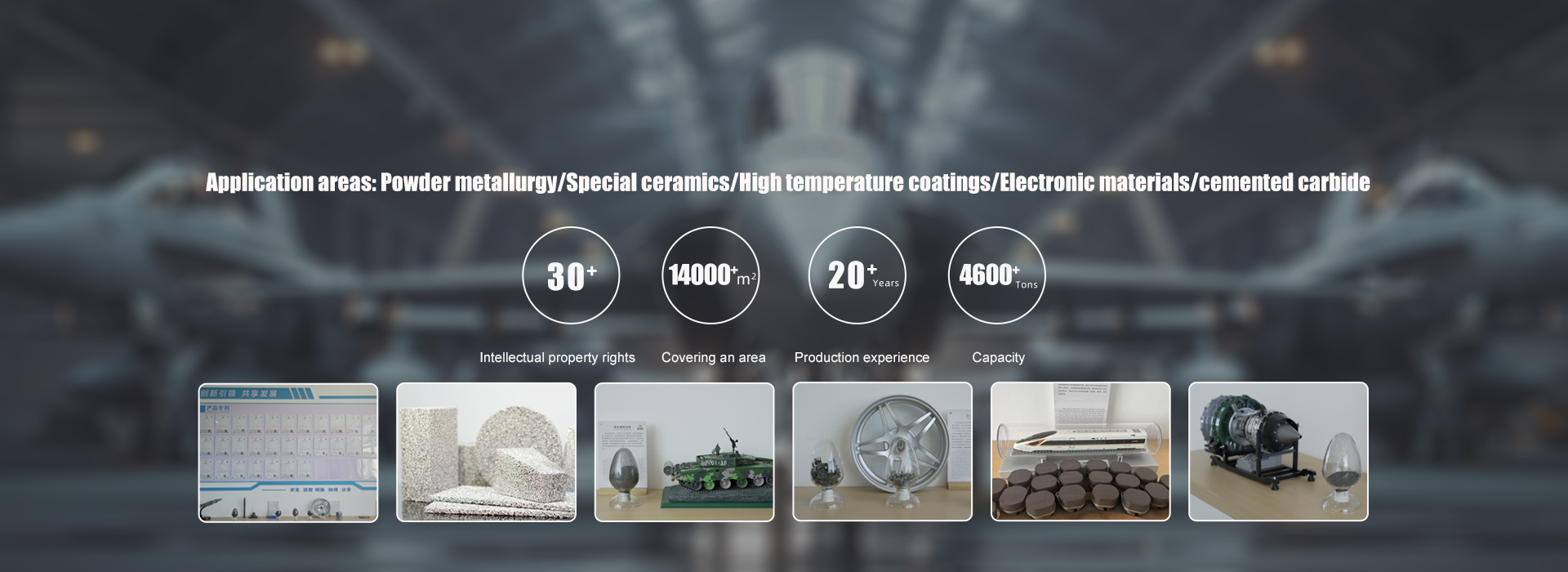1、 Overview
Photovoltaic silver paste is mainly composed of high-purity silver powder, glass oxide, and organic carrier. It is mainly used to estimate the current generated by the front and back electrodes of photovoltaic cells and silicon-based photovoltaics for mobile phones.
Photovoltaic silver paste is in the middle of the entire industry chain, with silver powder, glass oxide, and organic carrier enterprises upstream and photovoltaic cell manufacturers downstream. Among them, silver powder is a conductive phase, mainly used for conductivity. The quality of silver powder directly affects the bulk resistance and contact resistance of electrode materials; Glass oxide is a bonding phase that serves as a conductive film layer medium, connecting the conductive phase and substrate. If its own composition ratio and overall content in the silver paste are too high, the conductivity of the silver paste will deteriorate. If it is too low, it cannot penetrate into the passivation layer and silicon substrate to form a conductive contact; Organic carriers are composed of organic matter and partial liquids, mainly used as conductive and adhesive carriers to control the fluidity of the slurry. The supply of photovoltaic silver paste is mainly affected by the production of midstream enterprises and the supply of silver powder in the upstream, while the demand is affected by the production of silicon-based photovoltaic cells in the downstream.
Photovoltaic silver paste can be divided into front silver paste and back silver paste according to different locations. Among them, the back silver paste has weaker functionality and relatively low technical threshold. The main demand in the industry is to reduce costs, and currently it can be basically localized; The preparation of positive silver paste is difficult and an important component of photovoltaic cells, mainly used for collecting current.
According to the technical route and process flow classification, photovoltaic silver paste can be divided into high-temperature silver paste and low-temperature silver paste. High temperature silver paste is made by sintering silver powder, glass oxide, and other solvents in an environment above 500 ℃, while low-temperature silver paste is made by mixing raw materials such as silver powder, resin, and other solvents in a relatively low temperature environment of 200-250 ℃. Currently, P-type batteries and N-type TOPCon batteries mainly use high-temperature silver paste. Due to the unique properties of HJT battery amorphous silicon thin films, such as high hydrogen content, it is required that the temperature in the production process should not exceed 250 ℃, in order to promote the research and industrialization of low-temperature silver paste technology.
2、 Production process
Positive silver paste is a key material for preparing metal electrodes for solar cells, which directly affects the photoelectric conversion efficiency of solar cells.
Positive silver paste belongs to formula based products. Due to the wide range and rapid changes in solar cell technology, different manufacturers have different technical paths and production processes, resulting in different performance requirements for the suitable positive silver paste. Therefore, any parameter adjustment on the positive silver paste formula will affect the compatibility with the production process of the battery cell manufacturer and the photoelectric conversion efficiency of the battery cell.
The production process of positive silver paste is to mix silver powder, glass powder (or resin), organic equivalent substances, and then put them into mechanical equipment for mixing, stirring, and grinding. The mixing and grinding process parameters are controlled, and the silver paste is filtered out. The product performance is checked, packaged, and stored.
1. Ingredients
Ingredients refer to the precise weighing of various raw materials required for the final product based on the formula of the batch produced.
2. Mixing and stirring
Mixing and stirring refers to mixing qualified glass oxides, silver powders, and organic raw materials according to the proportions in the formula, and then using a mixer to stir the mixture. By setting the process parameters such as the speed, time, and stability of the mixer, the slurry is fully and uniformly mixed.
3. Grinding
The grinding process uses a three roll grinder to grind the stirred slurry. The specific working principle is as follows: by adjusting the gap between the rollers and the speed of different rollers, the particles flowing through the slurry are subjected to rolling, shearing, and dispersion, thereby opening up the agglomeration of slurry particles, allowing the slurry to be fully mixed, and achieving the requirements of uniform structure, consistent composition, and standard fineness of the slurry.
The grinding process is the core process, and the quality of the product is closely related to it. Different products present different states on the equipment, and correspondingly, the grinding process parameter settings for different products are also not the same. The roller gap, roller speed, and grinding time during the grinding process are usually the key parameters set for this process.
4. Filtering
The filtration process mainly uses a negative pressure filtration system to screen the ground material according to the process requirements, in order to intercept materials with particle sizes larger than the standard requirements, ensuring consistent fineness of the product and meeting the performance requirements of the finished slurry when used for client-side printing.
5. Testing
Test and verify the product according to the product standards. Product testing includes physical parameter testing of the slurry itself, such as fineness, solid content, viscosity, etc. At the same time, the application performance of the slurry can be tested according to batch requirements, such as resistivity, printability, other electrical performance indicators, etc. The products can only be packaged and stored after passing the inspection, and those that fail the inspection need to be reworked.
3、 Cost and Investment
1. Cost composition
The direct materials (silver powder, glass phase, organic phase, etc.) account for 99.41% of the production cost of photovoltaic silver paste (including 4.65% of material sales cost), labor cost accounts for 0.24%, manufacturing cost accounts for 0.28%, and logistics related expenses account for 0.07%. It can be seen that the material cost accounts for the largest proportion in the production process of silver paste, while the labor and fuel and power costs required for manufacturing are relatively small, and the cost of silver powder accounts for more than 90% of the material cost.
Taking the listed company Juhe Materials as an example, from 2019 to 2022, the company's silver powder accounted for more than 97% of the raw material procurement cost, and the total proportion of the three main materials was about 99.64%.
As can be seen from the above, silver powder is the most important raw material for producing photovoltaic paste, and its morphology, particle size, dispersibility, and tap density all have a significant impact on its electrical properties, contact properties, and flowability. According to the different appearances of silver powder, it can be divided into spherical silver powder, flake silver powder, and dendritic structure silver powder. Different shapes of silver powder will cause different sintering thick film structures of silver paste, thereby affecting the performance of battery cells.
The silver powder used in the production of photovoltaic silver paste in China is mainly imported, among which Japan's DOWA is the main supplier of silver powder imported from China. DOWA silver powder has smaller particle size, better dispersion, better organic coating effect, and more stable quality.
The high investment in research and development of silver powder and its high technical barriers, coupled with the insufficient stability of Chinese silver powder, are important factors restricting the marketization of domestically produced silver powder. The main domestic silver powder enterprises include Suzhou Simite and Ningbo Jingxin.
2. Silver paste unit consumption
According to research feedback from experts on Knowledge Planet, the current mainstream batteries in the market are 182 and 210 batteries, with different manufacturers having different unit consumption. Longi has its own components with relatively low unit consumption, while Tongwei has higher quality requirements and higher unit consumption. 182PERC consumes over 50 milligrams per unit, 210PERC consumes over 60 milligrams per unit, and those with high consumption can reach up to 70 milligrams. TOPCon also uses silver paste on the back, which is 1/3182TOPCon on the front side. Generally, when considering the front side, the back side is not included, and only the front side is considered. The amount is around 105 milligrams, 210 TOPCon, and 180 milligrams. 210HJT, the low-temperature silver paste on the front and back together is about 200 milligrams.
Converted into single watt consumption, PERC silver paste consumption is 6-8mg/w, TOPCon silver paste consumption is 10-13mg/w, and HJT silver paste consumption is about 16mg/w.
In terms of processing fees, the current PERC positive silver processing fee is about 500 yuan/kg, TOPCon processing fee is 300+yuan/kg higher than PERC positive silver, and HJT low-temperature silver paste processing fee is 1000-1500 yuan/kg higher than PERC positive silver paste.
3. Investment scale
According to the relevant announcements released by Suzhou Gude, Dike Co., Ltd., and Poly Group Co., Ltd., due to various factors such as production technology, processes, sites, and markets of each company, the required investment scale for investing in 500-1700 tons of photovoltaic silver paste production capacity is between 150 million and 270 million yuan, corresponding to a single ton of photovoltaic silver paste investment cost of approximately 160000 to 53000 yuan.
Among them, land and construction projects, equipment procurement and installation projects account for the highest proportion, accounting for approximately 32.9-56.5% of the overall production line construction investment, and equipment procurement amounts account for approximately 24.1-36.3% of the overall investment. The main equipment is metalized printing production lines, three roll machines, etc.
Glass powder: an indispensable key element in solar cell manufacturing
Crystalline silicon solar cells are currently the most widely used photovoltaic power generation technology, and silver paste is one of the essential materials in solar cell manufacturing. Silver paste is usually coated on the positive electrode surface of solar cells to provide electronic transmission, reflection, and protection functions.
Crystal silicon solar panel
Silver paste
In silver paste, glass powder is an important additive, whose main function is to increase the adhesion of silver paste and enhance its conductivity. Meanwhile, glass powder can also improve the fluidity of silver paste, promote its uniform distribution on the surface of solar cells, and thus enhance the photoelectric conversion efficiency of solar cells.
Silver paste
Silver paste is composed of silver powder, glass powder, and organic carrier, with the glass powder content typically ranging from 2% to 5%. Although the content of glass powder is low, it plays a crucial role in silver paste, corroding silicon nitride layers, forming electrodes, and building bridges for electron transport. In the manufacturing of solar cells, it is very important to choose high-quality positive silver paste, as it directly affects the performance and lifespan of solar cells.
Glass powder
Performance of glass powder and silver paste
Glass powder needs to be balanced and adjusted under different conditions, with important functions such as bonding silver powder, reducing sintering temperature, corroding the anti reflection layer on the upper part of the silicon substrate, and forming ohmic contact. Especially in the manufacturing of solar cells, the front glass powder system of silver paste needs to have suitable softening temperature and corrosion resistance to ensure good adhesion between silver paste and silicon substrate, as well as excellent electrical performance and photoelectric conversion efficiency.
Silver paste
As an inorganic bonding phase in the positive silver paste, glass powder needs to meet the following requirements:
1. Suitable softening temperature: Glass powder needs to have a suitable softening temperature so that it can melt and form a good bond with silver powder and silicon substrate during sintering.
2. Capable of corroding the anti reflection layer: Glass powder needs to have a certain degree of corrosiveness, able to melt and corrode the anti reflection layer on the upper part of the silicon substrate, in order to achieve good contact between silver powder and the silicon substrate.
3. Can reduce sintering temperature: Glass powder can be used as a sintering aid to lower sintering temperature and improve product manufacturing efficiency.
4. Uniform particle size distribution: The particle size distribution of glass powder needs to be uniform to ensure uniform dispersion in the preparation of silver paste.
Solar cells
Lead free glass powder
At present, lead-free has become a trend in the development of modern glass powder. Among them, the sol-gel method is a common method to prepare lead-free glass powder.
Glass powder
Compared with the traditional leaded glass powder, the lead-free doped glass powder prepared by the sol-gel method shows advantages in many aspects. First, the sol gel method can fully mix the raw materials and form a stable transparent sol system, thus realizing the preparation process of uniform composition and high purity. Secondly, in the doping process, the sol gel method can reduce the content of dopant to a very low level, so as to achieve the goal of easy doping. In addition, the lead-free doped glass powder prepared by the sol-gel method is easy to refine, which is conducive to improving the material performance. At the same time, the particle size of the powder is smaller, which is more conducive to processing and application.
✕

banner

We aspire to become a well-known enterprise in the global production of functional ceramic powders, new energy storage materials






